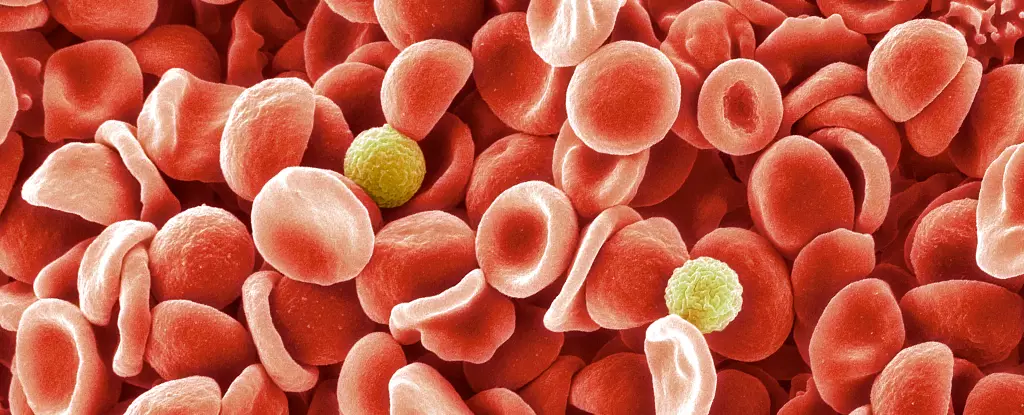The world of hematology has just made a significant breakthrough that might transform the way we perceive blood classifications. In 1972, a pregnant woman’s blood sample presented scientists with an enigma—its surface was devoid of a specific molecule found on red blood cells of all other known blood types. This unexplained absence remained a puzzle for nearly half a century until researchers from the UK and Israel unveiled an entirely new blood group system in 2024. Their findings not only highlight the intricate complexity of human blood but also underscore the profound implications for transfusion medicine and patient care.
Understanding blood types usually brings to mind the widely recognized ABO and Rh systems. However, as our comprehension deepens, we discover that human blood encompasses a myriad of systems characterized by diverse cell-surface proteins. These antigens act as crucial identifiers for the body, differentiating between self and non-self. The significance of this differentiation is magnified when it comes to blood transfusions: mismatched antigens can provoke severe, even fatal, immunological reactions.
The Significance of the MAL Blood Group Identification
Hematologist Louise Tilley of the UK National Health Service described the establishment of this new blood group as “a huge achievement,” emphasizing the diligent research that led to this revelation over almost two decades. While it’s true that most blood groups were identified throughout the early 20th century, recent advancements have shed light on rarer groups, such as the Er blood system detailed in 2022. The newly described MAL blood group also falls into this rare category, affecting only a limited number of individuals.
A staggering statistic came to light: over 99.9% of individuals possess the AnWj antigen, which was absent in the initial patient’s blood sample. This antigen is associated with specific proteins essential for maintaining cell stability and functionality. After rigorous exploration, the team dubbed this newly recognized blood group the MAL blood group, derived from its fundamental proteins.
The Challenge of Identifying Rare Genetic Markers
The research journey to pinpoint the genetic underpinnings of the MAL blood group was fraught with complications. Tilley noted the rarity of genetic cases as a significant challenge in their research efforts. By compiling evidence over decades, they successfully isolated the MAL gene responsible for the AnWj-negative blood type found in the patient. Their innovative approach included inserting a functional MAL gene into AnWj-negative cells, which resulted in the restoration of the antigen on the cell surface.
This achievement is not merely a scientific curiosity—it carries profound consequences for clinical practices. With the identification of these rare blood types, healthcare professionals can now design targeted screening tests. Such tests can distinguish whether a patient’s MAL-negative status is hereditary or indicative of an underlying health condition, thereby enhancing diagnostic precision.
The Broader Implications for Patient Care
Understanding these rare blood groups has far-reaching implications for patient care and transfusion protocols. The rarity of the MAL blood group, like other unusual blood types, can complicate the logistics of blood donations and transfusions. By recognizing and cataloging these blood types, hospitals could improve preparedness and response strategies for medical emergencies involving affected patients.
Moreover, insights into the role of the MAL protein highlighted the need for continued investigation into its functions. As we explore these proteins further, we may uncover revelations that could shift understanding not only related to blood donation but also in various aspects of cell biology and pathology.
A Future of Awareness and Preparedness in Hematology
The unveiling of the MAL blood group system marks an important epoch in hematological research. As hematologists and scientists increasingly recognize the complexity of blood classifications, the medical community must prioritize awareness surrounding these unusual blood types. By fostering a comprehensive understanding, hospitals can enhance the quality of care for patients with these rare blood types, ultimately setting the stage for a future in which every patient’s unique blood profile is acknowledged and valued.
As research expands into these areas, each new discovery serves as a reminder of the intricate tapestry of human biology, where even the smallest details can have monumental implications for health and survival. The journey to unravel the mysteries of blood continues, poised to benefit countless lives in the process.


Leave a Reply